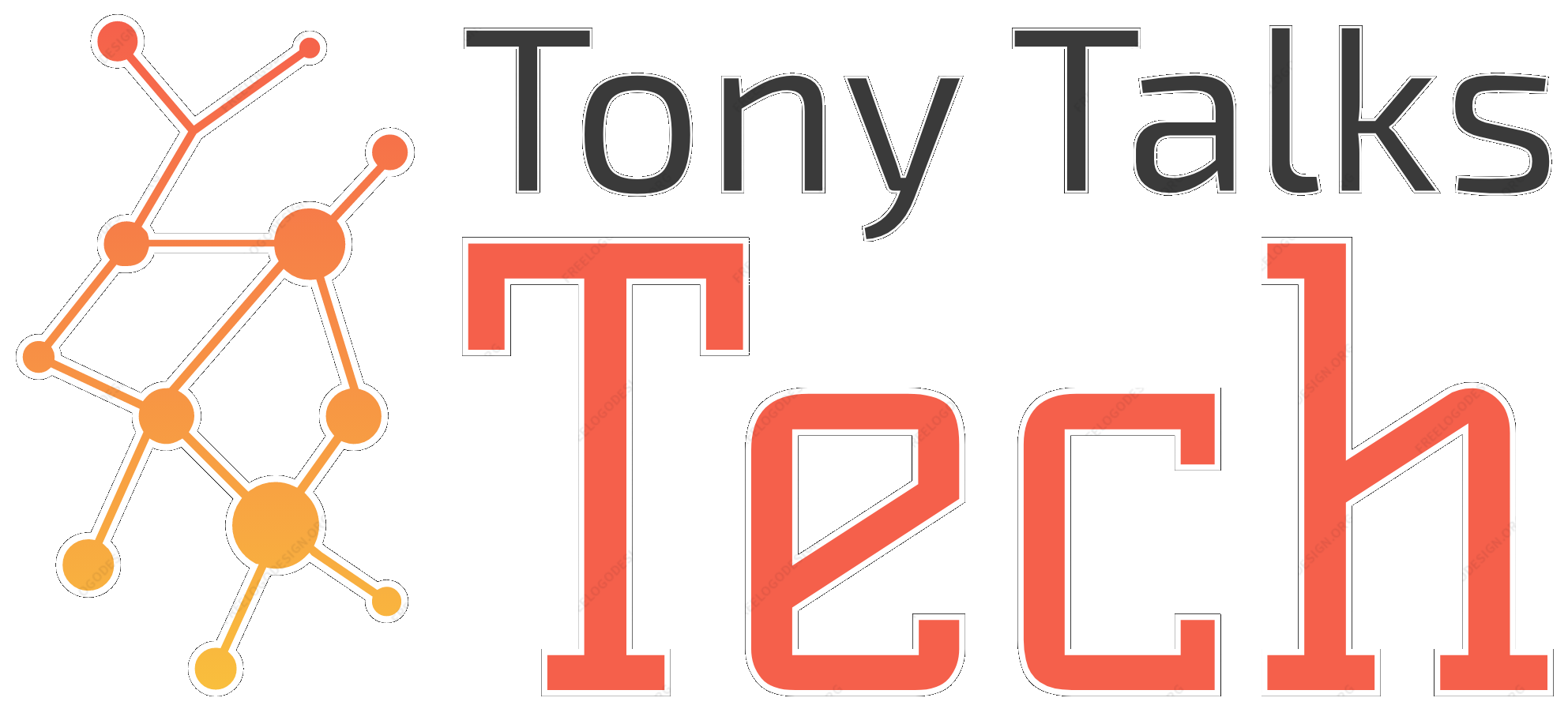Working Harder Isn't a Strategy
As a technology professional on the development side of the house, I regularly have to provide estimates for when my work will be done. This work includes writing code, packaging up a deliverable, writing documentation, or anything in between. Following the estimate delivery, there is a level of trust that exists between the technology delivery team and the project/account management team in that the estimate 1) will not be inflated by the technology team, and 2) will not be altered by the project/account management team.
The Situation
Going to need everyone to buckle down!
Just over two weeks ago, we were informed that the next release (let’s just call it vNext) needs to go out “quickly.” This happens from time to time, mostly due to unforeseen complications with our 100s of clients that are expecting features. Not that big of a deal.
Except that “quickly” is actually within days.
Except that not all the functionality is known/completed.
Except that the estimated testing timeline is ~3 weeks.
Except that this release contains another release that went to a different environment previously.
You get the picture. I could go on and on for this one.
The Rage That Consumes Me
It’s a bit of a push but let’s do our best to make this window.
– Project Management
Everyone look at that quote. Absorb it into your consciousness, because it’s not a solution to a bad situation. Let me enumerate why.
- This is being said by the project management team. As much as I respect PMs, they do not have skin in the game. They do not control delivery of any of the technical aspects (hence not being in the technical delivery teams). The PM team saying that “we” need to do “our” best makes no sense here, as it doesn’t include that team.
- It assumes that everything up to this point hasn’t been the absolute peak output for the team. Said another way, it assumes that people aren’t working as hard as they could be. This is insane, and it’s an insult to the teams that have been busting their butts.
- It breaks the trust that was carefully crafted between the technical delivery teams and the project/account management teams. The technical teams (the QA team in this case) gave an estimate of ~3 weeks for functionally validating the release (137 issues in the release will do that). By dismissing the estimate, the project/account management teams are effectively giving the technical delivery teams a good reason to provide higher estimates on tasks.
If the project/leadership/account management teams cannot be trusted to accept the timelines that are delivered to them from the technical delivery teams, then it is up to the technical delivery teams to inflate every estimate that gets delivered to protect themselves.
What Should Really Happen
I work with a technology with a number of high-profile clients, including some who are also on our Board of Directors. I really do understand that sometimes a bad situation happens because of a personal relationship.
In that (hopefully very rare) occurrence, it’s time to call it out upfront and create a plan. If the client is expecting Feature X so they can do Activity Y, then that is all we’re delivering on the crappy timeline.
This requires a hard introspection on the items that are queued for delivery, but it’s the best way to minimize the risk from an already-bad situation. It will also likely cause hard conversations with other clients about why “their” functionality isn’t making it out for a release. That’s why they call it “work,” I suppose.
At the end of the day, there are three items that can be controlled in all projects: Scope, Budget, and Timeline. However, given a project, you can only control two–the third is a dependent variable.
This means that you can’t control scope (the number of tickets in a release), budget (the number of people working on the release), and the timeline of the release at the same time. If you shrink the timeline, but keep the budget the same, the scope must be shrunk as well. Asking your team members to compensate for the misunderstanding of this core truth by working harder is short-sighted and takes advantage of people’s good intentions.
Wrap It Up
This terrible, no-good situation happens more than it should in technology companies. It stems from a number of places, but it most commonly comes from the world in which the technology is not the product. Said another way, client-service companies, regardless of what they build or do, will always have this problem because the product is the service to the clients.
